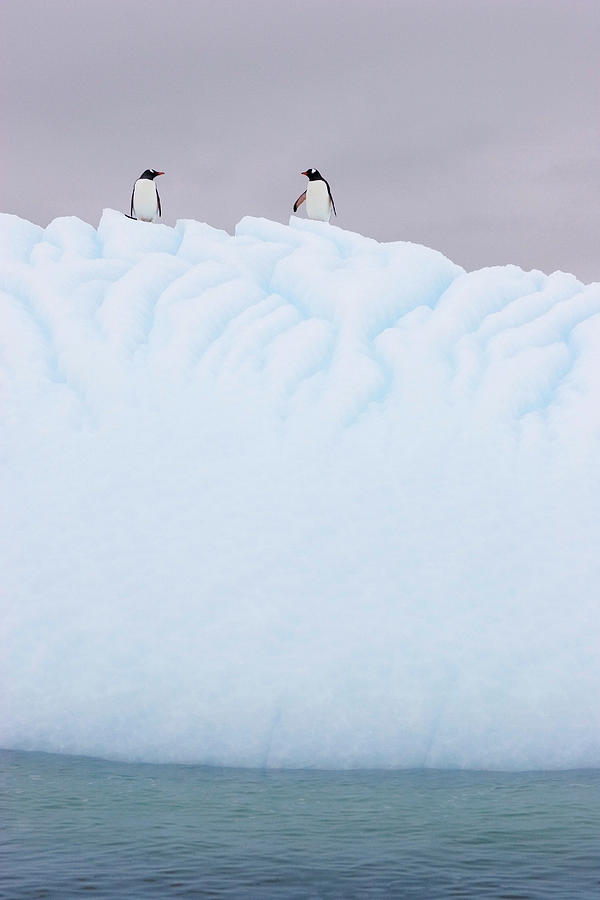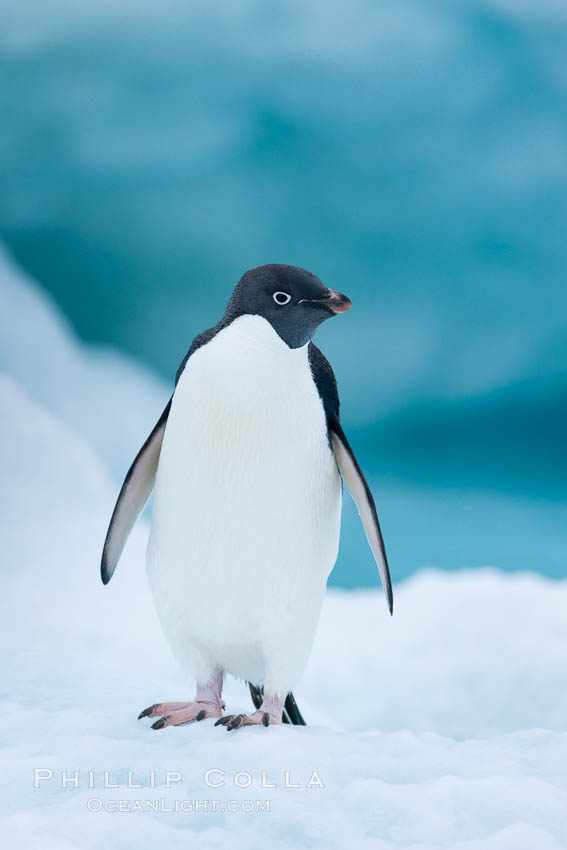

The new survey was conducted in 2013-14 by Fogwill and other scientists at the Climate Change Research Center at the University of New South Wales in Australia along with New Zealand's West Coast Penguin Trust. LaRue says that Adélie penguin colonies always have dead birds scattered around because the carcasses don't decompose in Antarctica's dry, cold climate. "They easily could have moved elsewhere, which would make sense if nearby colonies are thriving." "Just because there are a lot fewer birds observed doesn't automatically mean the ones that were there before have perished," Michelle LaRue, a penguin population researcher at the University of Minnesota in Minneapolis, told Live Science in an email interview.

Superstock offers millions of photos, videos, and stock assets to creatives around the. Their white ‘bonnets’ and flashy beaks and feet make them easy to recognize. Anywhere along the coast and coastal islands of Antarctica can be home to a flock of gentoos. Shop affordable wall art to hang in dorms, bedrooms, offices, or anywhere blank walls arent. ANTARCTICA, SOUTH ORKNEY ISLANDS, CHINSTRAP PENGUINS ON ICEBERG. And when in pursuit of fish and other underwater prey, they can stay under for up to 7 minutes and dive to depths of more than 650 feet.

However, a penguin researcher who wasn't involved in the study isn't sure the birds are actually dead. Unique Penguin Iceberg Posters designed and sold by artists. The Ice Age-evoking clip was originally filmed in 2017, but it is. gentoo penguin takes a big dive into the cold antarctic ocean off of an iceberg. But the really important thing is that the penguins are just not coming back to that area," Chris Fogwill, a co-author of the study, told The Associated Press on Monday. Dramatic footage shows the moment a penguin nearly got separated from its family after an iceberg broke off the Antarctic coast. "We saw a lot of dead carcasses, particularly the young, which was terrible to see. Dramatic footage shows the moment a penguin nearly got separated from its family after an iceberg broke off the Antarctic coast. /rebates/&.com252fstock-photo252fpenguins-on-iceberg. The huge piece of ice forced the birds to walk more than 60 kilometres (37 miles) in search of food, gradually reducing the population to just a few thousand. The B09B, with an area of about 2,900 square kilometres (1,120 square miles), blocked access to the penguins' natural feeding areas beginning in December 2010. Scientists say an estimated 150,000 Adelie penguins have been wiped out on Antarctica's Cape Denison in the five years since a giant iceberg blocked their main access to food.Ī study recently published in the journal Antarctic Science says the B09B iceberg crashed with the Mertz Glacier Tongue and got stuck in Commonwealth Bay, an area that was rarely covered by sea-ice, making it ideal for Adelie penguin colonies.


 0 kommentar(er)
0 kommentar(er)
